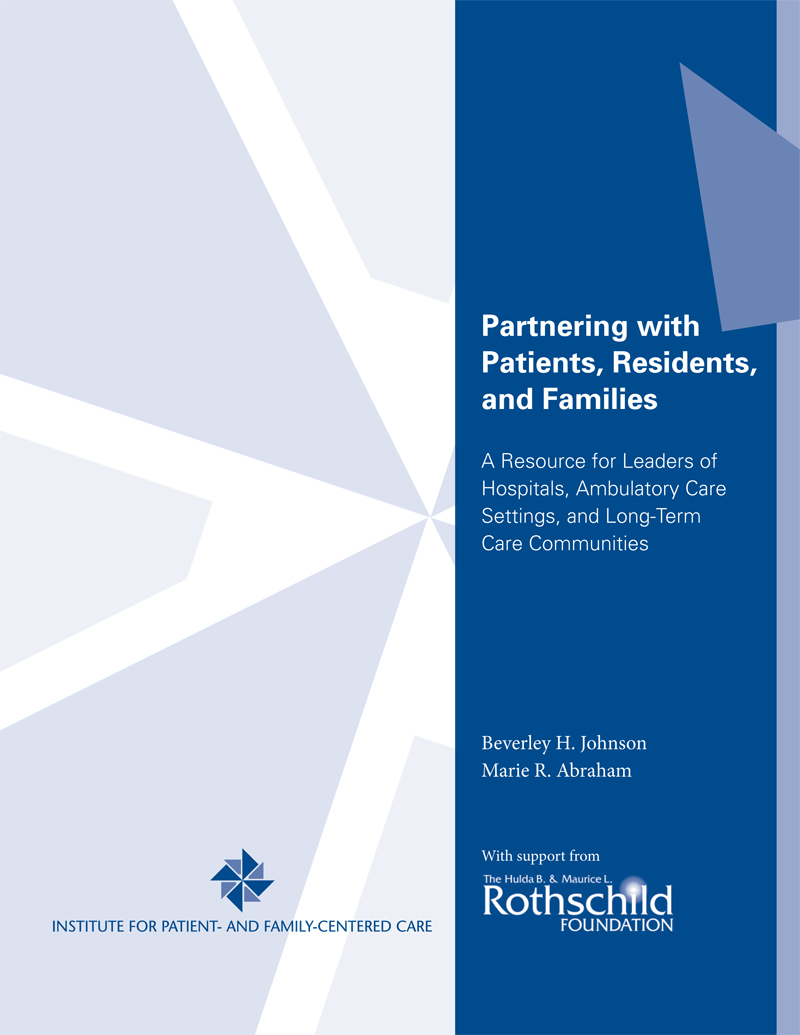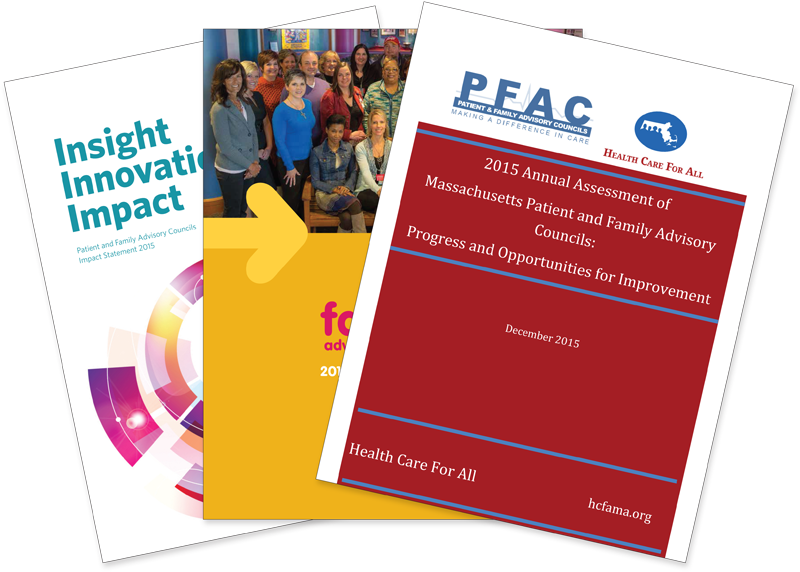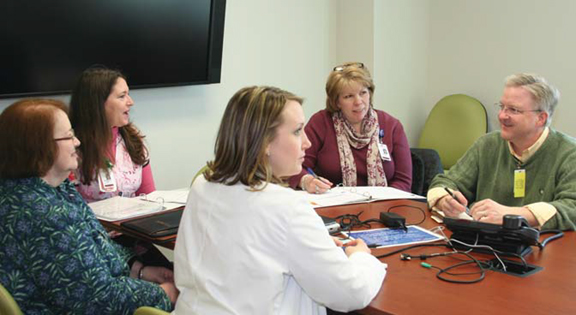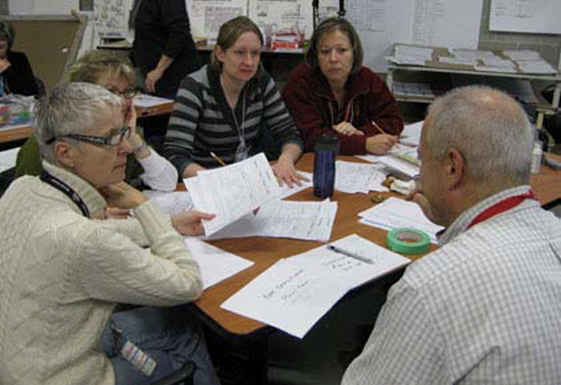Annual reports for patient and family advisory programs are important for documenting the impact of patient and family advisors and councils and for promoting sustainability of an advisory program. They should be comprehensive and record activities and accomplishments from the preceding year. Annual reports are intended to give organizational leaders and others information about the collaborative endeavors and their impact and to help them understand the future direction of an organization’s advisory program.
Leaders can set the expectation that a report will be submitted annually at a minimum. Coordinators for advisory programs can ensure that annual reports are shared with leaders, the organization, and the community. The report, if done well, can serve as an educational tool for leaders, health care professionals, and the community. It can also be useful in recruiting patient and family advisors. There is no one right way to develop the report but consider including the following in a report:
- Number of patient and family advisors, as well as their roles, activities, and number of hours served. These hours can be equated to staff FTEs to show the impact that advisors have. Organizations, such as the Independent Sector, can help you calculate the value of volunteer advisors. Report the baseline number of advisors and growth over the year.
- Number and role of patient and family advisory councils.
- Number and type of clinical areas involving patient and family advisors.
- Number of staff involved in collaborative endeavors, and their disciplines and departments.
- Names of committees, task forces, and quality improvement teams where patients and families serve as advisors or in leadership positions (include number of advisors for each workgroup).
- Issues identified and how they were addressed, products/materials developed, classes taught, peer support programs coordinated, and other activities. Describe issues, materials, activities, and outcomes (when available). Include any data on financial savings as a result of changes made.
- Listing of all the tangible products/materials/programs developed collaboratively.
- Photographs (or scans) or videos of products/materials, activities, changes in processes or physical spaces to illustrate the story of collaboration.
- Meetings held with community leaders, government agencies, potential funders, accreditors, and others.
-
Summary evaluations of classes for patients, families, students, staff, physicians, and new employees. Also include:
- Number that participated in classes.
- Summary of evaluations.
- Quotes or short testimonials from participants in the classes.
- Summary of stories that they shared.
- Media activities where advisors are featured, including internal publications, as well as community, state, or national features.




